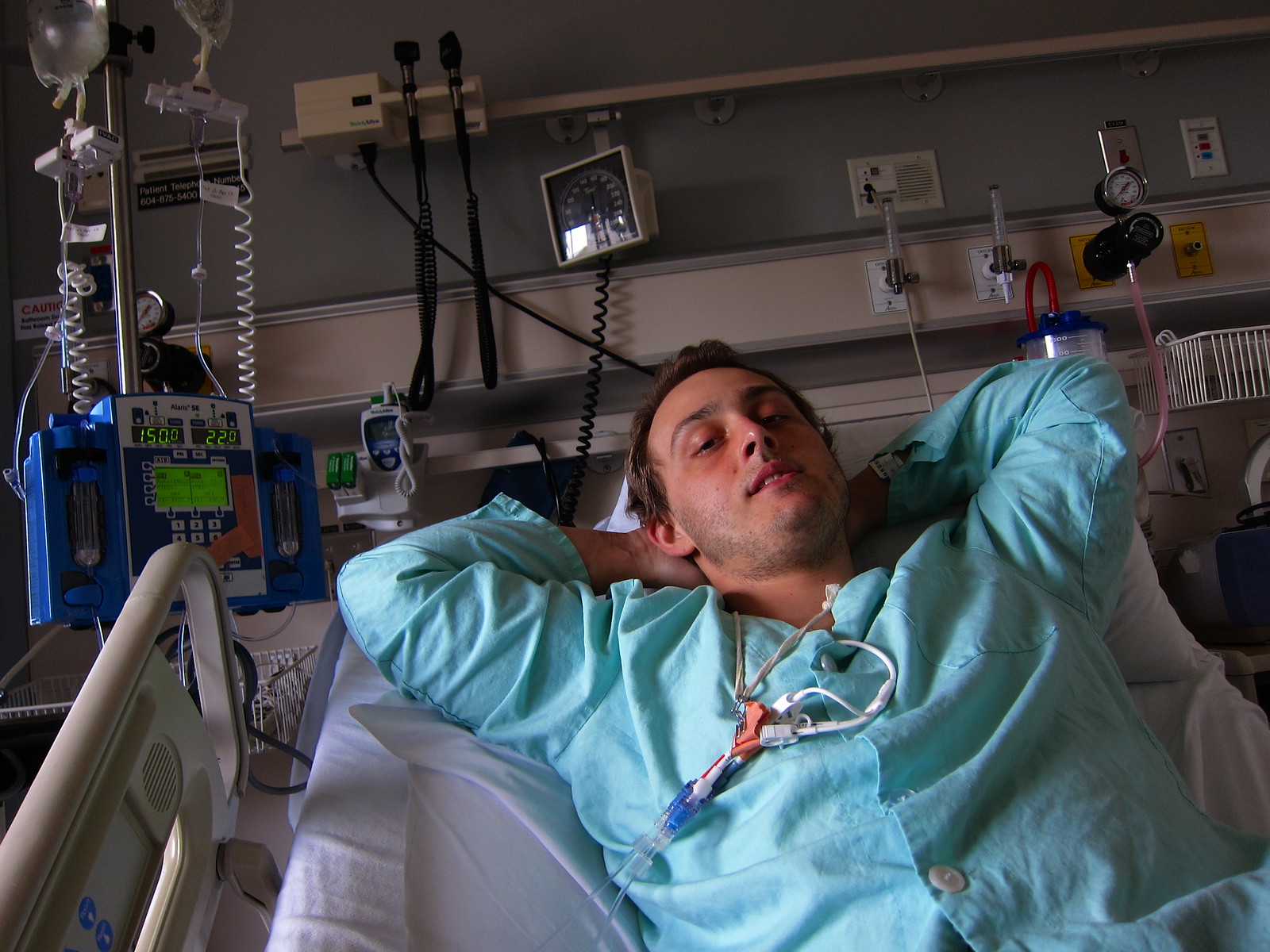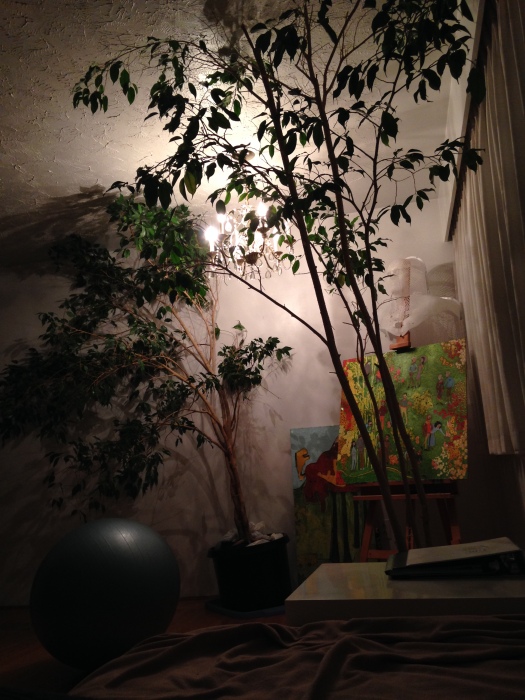The question follows me around. How will I mix my outdoor, movement based practice with sedentary, art education?
The following is an excerpt from an essay I had to write concerning this question, my inquiry:
Years ago, I first asked my boyfriend out by asking him on an adventure. I promised him quests, travel and glory. Now, he has completed a science fiction graphic novel based on our earlier travels through India and Nepal. He declared that he’d write more if I continued scheming expeditions. Approximately two years ago, we were invited to crew on a Chinese sailing junk that has been making its way across the world for the past 25 years. We had our camping gear ready to make our way down the coast on our bicycles to meet with the ship’s captain. The sailboat plan fell through however, because they were having repair difficulties on the boat. With no fixed dates, we opted for a cargo ship bunk instead, heading across the Pacific. It wouldn’t quite be the same kind of sailing experience, but offshore involvement in any case.
Two days before going to work out in the forest to fund our trip, my boyfriend received news that his stubborn back-ache was in fact stage four cancer. Honestly, I had never considered long term work outside of Tree-planting before this situation, and suddenly we were being told to make sedentary plans indefinitely. My partner was being informed about numbers, survival rates, and painful and invasive procedures. I was being told that I would have to reverse all my goals in life.
Throughout his treatments, I struggled to keep my outdoor practice alive.  I enrolled in design courses, hoping to fulfill my interests through nautical design (in this way I could build boats instead of sailing them). I volunteered frequently at the a local bicycle recycling centre, acting as if learning more about the mechanical aspects would somehow bring the dream of extended bicycle touring closer to fruition. I’ve also always been drawn towards teaching, gaining experience through part-time work and volunteer opportunities, so when planning for my new future pursuits, it made sense to join an education program.
I enrolled in design courses, hoping to fulfill my interests through nautical design (in this way I could build boats instead of sailing them). I volunteered frequently at the a local bicycle recycling centre, acting as if learning more about the mechanical aspects would somehow bring the dream of extended bicycle touring closer to fruition. I’ve also always been drawn towards teaching, gaining experience through part-time work and volunteer opportunities, so when planning for my new future pursuits, it made sense to join an education program.
So this question of inquiry has been with me since my partner’s diagnosis; how do I maintain my motion-based practice in the midst of stationary circumstances?
My natural state consists of slogging through logs, mud and brush on a cut-block, carrying bags of seedlings on my hip, and sleeping under the stars. All through my adult life, working hard seasonally, and then focusing on my creative goals during the intervals has consistently been my routine. Creative outdoor endeavours are my passion, my guiding motivation, yet, teaching requires extensive time and energy.
As I have experienced thus far in this teaching program, my outdoor practice has been falling by the wayside. There are simply not enough hours in the day to attend classes as well as paddle out to the sailboat I keep anchored close to home. There are seemingly no opportunities to explore new places on foot or on bike outside of the city. I feel as though it’s impossible to create the conditions for adventure, let alone create the conditions for making artwork based on adventure.
In researching for this proposal, I looked into the processes undertaken by other educators to keep teaching and artistic practice in balance. One perspective taken by an educational researcher was to ask whether or not teaching and artistic practice are fused together, or separate endeavours (Sweat, 2006). My response to that idea is that for the most part, they have indeed been completely separate. I am now being asked to fuse outdoor exploration and education together, although they are not conventionally compatible. There are are of course examples of how the two endeavours have been combined successfully, namely robust outdoor education programs that emerge of out traditional school settings that foster true experiential learning (Zink, 2010) or programs that aim to make the entire world a classroom (Class Afloat, 2013). I strongly favour these concepts, and hope that one day they are normalized in education to the point where any teacher candidate with the same combination of interests as mine could easily say, well of course! I want to train to be a teacher-adventurist!
